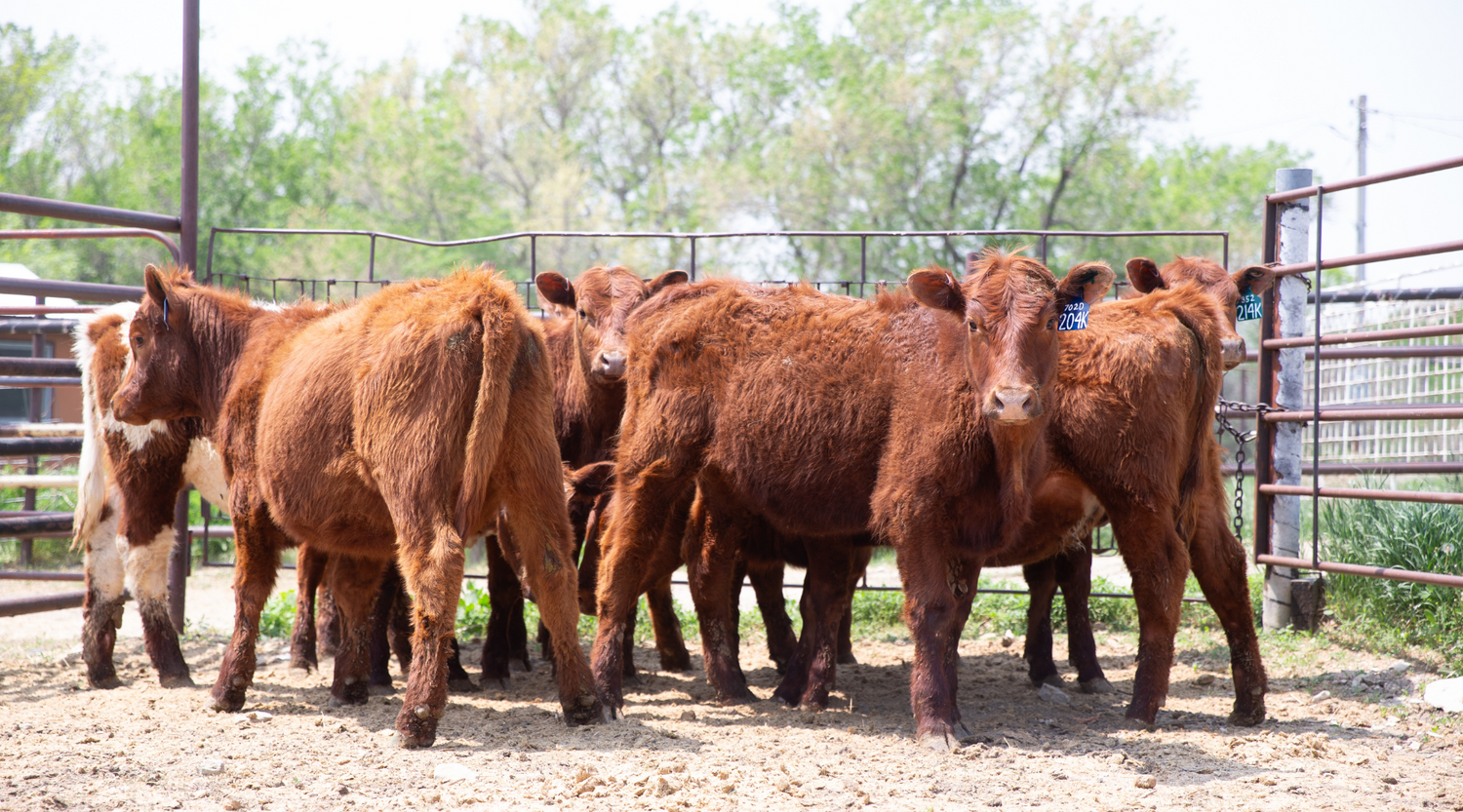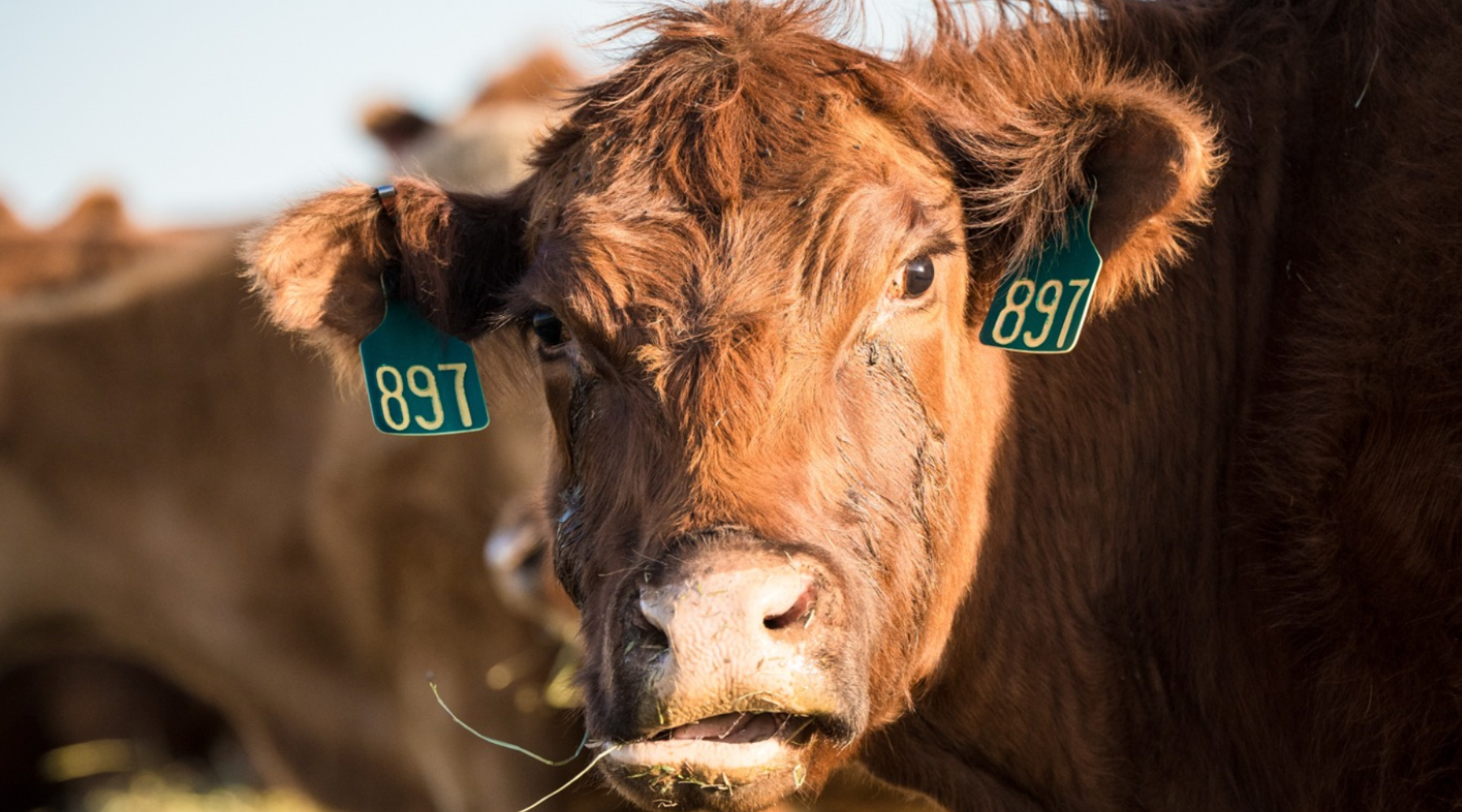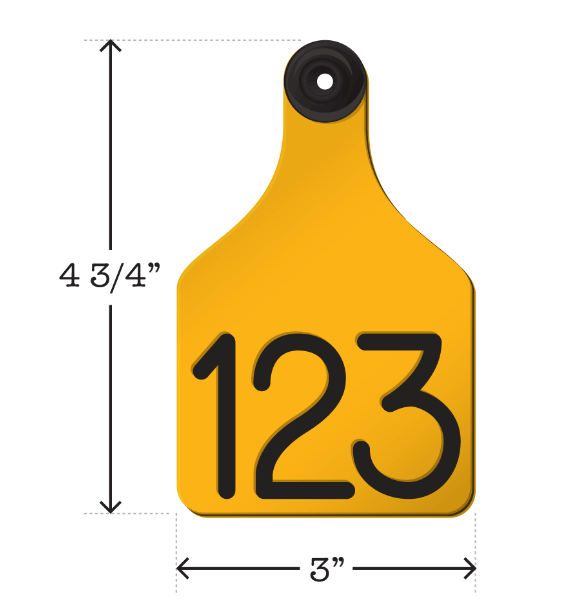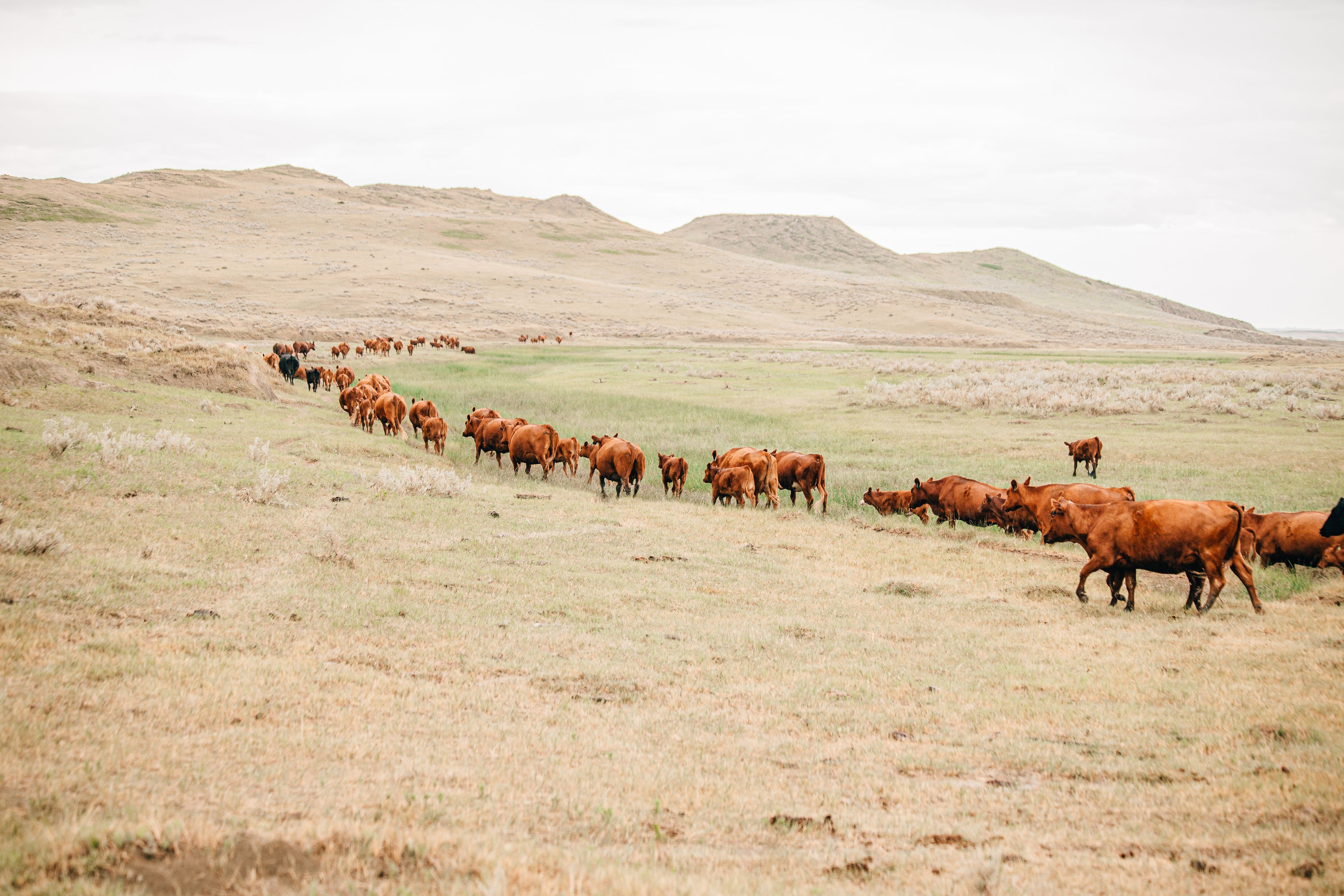If you're a rancher, you understand the importance of proper identification for your herd. Cattle tags, especially engravable cattle ear tags, are essential tools in livestock management. From keeping track of individual animals to maintaining health records, tags play a crucial role in ensuring the well-being and productivity of your cattle. In this comprehensive guide, we'll cover everything you need to know about tagging your livestock like a pro.
Understanding Cattle Tags
Cattle tags, also known as cow ear tags, are durable markers attached to the ears of cattle. Engravable cattle ear tags, such as Ritchey Tags, are popular choices due to their durability and customization options.
Why Tag Your Cattle?
Tagging your cattle serves multiple purposes:
-
Identification: Tags allow you to identify individual animals within your herd. This is essential for record-keeping, breeding programs, and health monitoring.
-
Traceability: In the event of disease outbreaks or other emergencies, tagged cattle can be traced back to their origin, helping to contain and manage the situation effectively.
-
Management: Tags help you keep track of important information such as birth dates, vaccination records, and breeding history, allowing for better management of your herd.
Tips For Tagging Your Cattle
-
Prepare Properly: Before tagging, ensure that your equipment is clean and in good condition. This includes tag applicators, tagging pins, and any disinfectants you may need.
-
Choose the Right Location: The most common location for tagging is the ear. Choose a spot on the ear with sufficient cartilage and avoid areas with blood vessels or excessive hair.
-
Proper Restraint: Restrain your cattle safely and securely before tagging to prevent injuries to both you and the animal. Use a head gate or chute for larger animals.
-
Tag Placement: Place the tag in the middle of the ear, between the two veins. Avoid tagging too close to the head or too close to the tip of the ear, as this can cause discomfort or interfere with the tag's visibility.
-
Apply Pressure: When applying the tag, ensure that the tagging pin penetrates both layers of the ear. Apply enough pressure to secure the tag in place.
-
Record Information: As you tag each animal, record relevant information such as the tag number, birth date, and any other pertinent details. This information is crucial for maintaining accurate records and managing your herd effectively.
-
Monitor for Complications: After tagging, monitor your cattle for any signs of discomfort or complications. Look for signs of infection, such as swelling or discharge, and address any issues promptly.
Tagging your cattle is an essential aspect of livestock management. By choosing the right tags and following proper tagging techniques, you can ensure the safety, health, and productivity of your herd. So, next time you're tagging your herd, remember these essential tips and tag your cattle like a pro.




